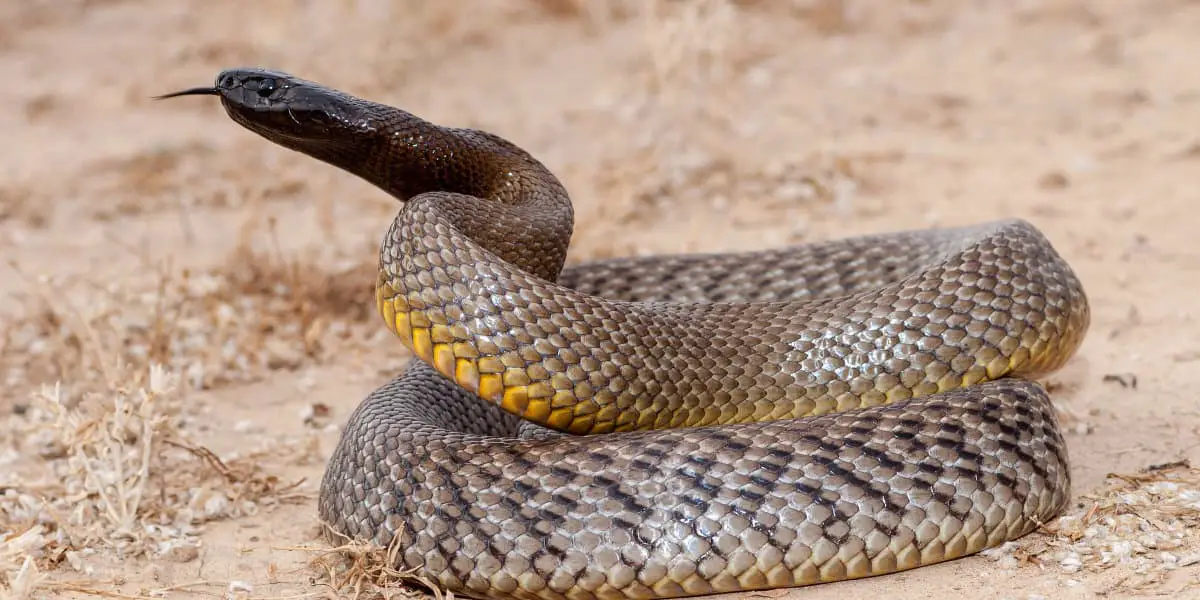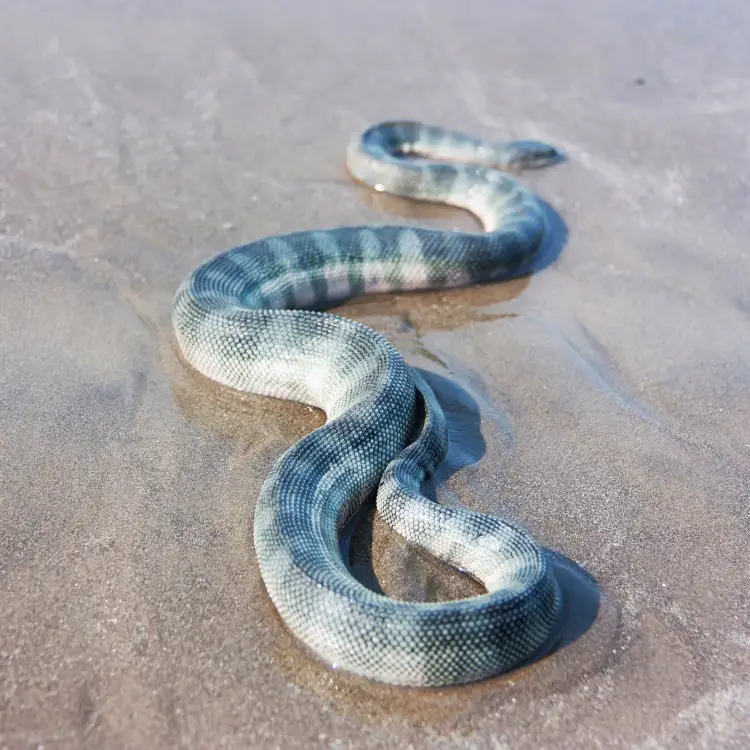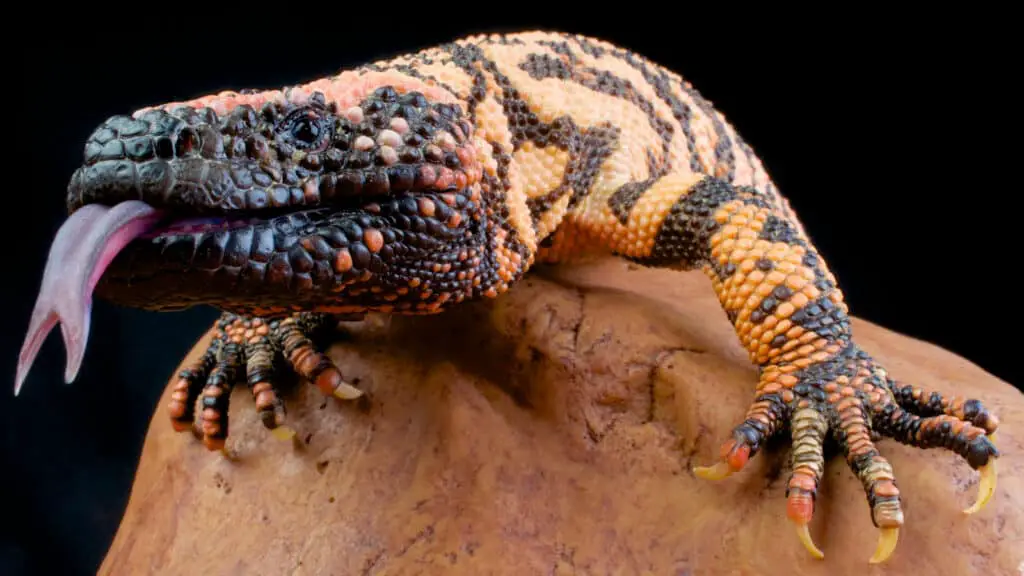Reptiles are among the most diverse and ancient groups of animals on Earth, with over 10,000 living species. Some of them have evolved a remarkable adaptation: the ability to produce and inject venom into their prey or enemies. Venom is a complex mixture of proteins, enzymes, and other substances that can cause various effects on the body, such as paralysis, pain, bleeding, tissue damage, or even death. In this blog post, we will explore some of the most venomous reptiles in the world, how their venom works, and how humans can treat or prevent venomous bites.
The most venomous lizard: Gila Monster
The gila monster (Heloderma suspectum) is a lizard native to North America that is one of only two venomous lizards in the world (the other being its close relative, the Mexican beaded lizard). The gila monster has a large head and a thick tail that store venom glands. The venom is delivered through grooved teeth in the lower jaw when the lizard bites and chews on its victim. The venom contains neurotoxins that cause pain, swelling, weakness, low blood pressure, and shock. The gila monster mainly feeds on eggs, small mammals, birds, and reptiles. It is not very fast or agile, but it has a strong bite that can hold on for a long time. The gila monster is also protected by its colorful skin pattern that warns potential predators of its toxicity. The gila monster is not endangered, but it is threatened by habitat loss and illegal collection for the pet trade. There is no specific antivenom for a gila monster bite, but painkillers and supportive care can help relieve the symptoms.
The most venomous snake: Inland Taipan

The inland taipan (Oxyuranus microlepidotus) is a snake native to Australia that holds the record for having the most potent venom of any land snake. A single bite from this snake can deliver enough venom to kill 100 adult humans or 250,000 mice. The venom contains neurotoxins that affect the nervous system, hemotoxins that affect the blood, and myotoxins that affect the muscles. The symptoms of a bite include headache, nausea, vomiting, abdominal pain, paralysis, bleeding, and respiratory failure. The inland taipan is also known as the fierce snake or the small-scaled snake, but despite its reputation, it is not aggressive and usually avoids humans. However, if provoked or threatened, it can strike quickly and accurately. The only effective treatment for a bite is antivenom, which must be administered as soon as possible.
The most venomous marine reptile: Sea Snake

Sea snakes are a group of snakes that have adapted to live in marine environments. There are over 60 species of sea snakes, mostly found in tropical and subtropical waters of the Indian and Pacific oceans. Sea snakes have flattened tails that help them swim and valves that close their nostrils when underwater. They can breathe through their skin and stay submerged for up to an hour. Sea snakes feed on fish and other marine animals, using their venom to immobilize their prey. Sea snake venom is highly toxic, containing neurotoxins that affect the nervous system and myotoxins that affect the muscles. The symptoms of a bite include blurred vision, difficulty swallowing, muscle pain, paralysis, and respiratory failure. Sea snakes are generally not aggressive and rarely bite humans unless provoked or accidentally stepped on. However, some species are more dangerous than others, such as the beaked sea snake (Enhydrina schistosa), which is responsible for most of the fatal bites on humans. The treatment for a sea snake bite is antivenom and supportive care.
Summary
These are just some examples of the most venomous reptiles in the world. There are many more species that have evolved different types of venom for different purposes. Venom is not only a weapon for survival but also a source of scientific interest and medical potential. By learning more about these fascinating creatures and their venom, we can better appreciate their role in nature and protect them from extinction.




